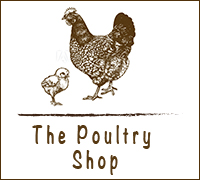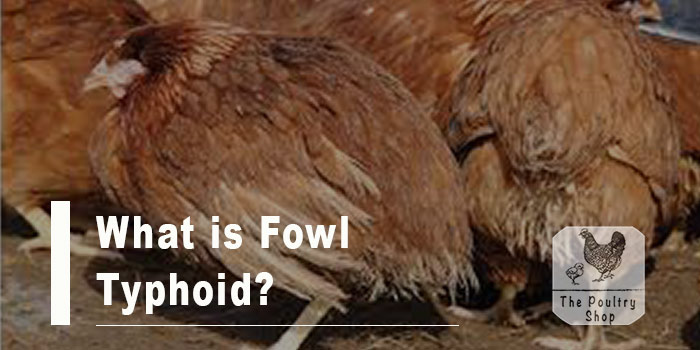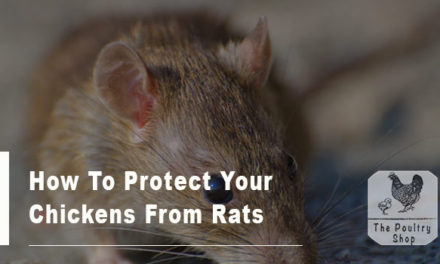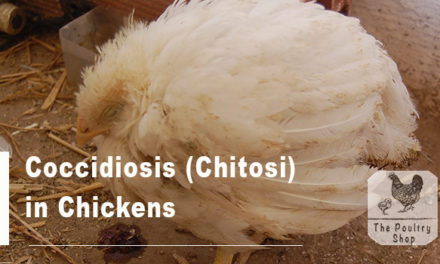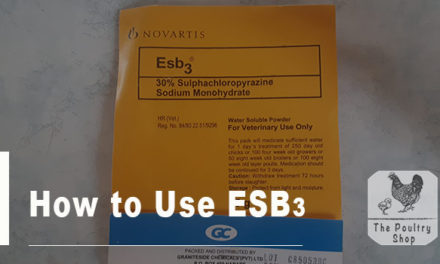Fowl typhoid (FT) is an infectious disease caused by a bacteria called Salmonella Gallinarum. It typically affects growing birds 12 weeks or older.
Signs of Fowl Typhois
Sign are similar to fowl cholera although FT is more likely to occur in adult chickens. The following sign can help you identify if your birds have been infected:
- Yellow-green diarrhoea causing feaces to stick to the vent (pasty butt)
- Poor appetite
- Breathing challenges
- Depression
- Ruffled feathers
- Increased thirst
- Sudden death in young chicks with any apparent reason
How is Fowl Typhoid Transmitted?
- Usually from breeding stock carrying the bacteria which is then passed on the hatching eggs
- Contaminated chicken droppings
- Contaminated poultry equipment, clothes and shoes
- Rodents
- Flies
- Wild birds
How to Prevent Fowl Typhoid
- Follow vaccination schedules religiously
- Strict control of rats and flies
- Practice proper biosecurity – eg wheel and footbaths, avoid unecessary visitors
- Good sanitation practices – clean fowl runs and premises regularly to discourage rats and flies
- Proper disinfection of poultry equipment, clothes and shoes
- Purchase birds from disease-free flocks
- Proper disposal of carcasses
- Avoid chickens drinking water from ponds or water sources which may be infected with faeces of wild birds
How to Treat Fowl Typhoid
Treatment is not recommended as it will make treated birds carriers of the bacteria. Best to isolate and destroy contaminated flocks and disinfect the fowl runs and equipment.
Disclaimer: Information in this article does not substitute advice from your local veterinarian. Whilst great effort is taken to ensure accuracy of information in this article, no responsibility can be accepted for any loss or injury incurred due to error or omission.
Did you find this article helpful? Leave a comment below or subscribe to my free Email Newsletter and also like The Poultry Shop Facebook page. Thanks!
